Evolutions performed by trooper John Clark, 1st Maine Cavalry
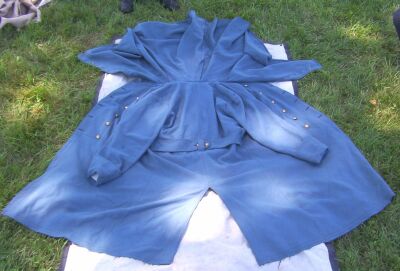
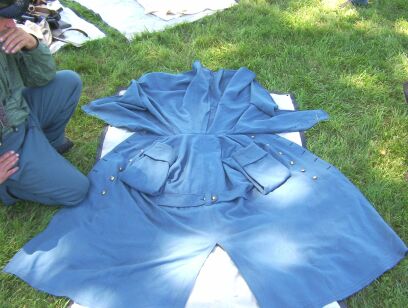
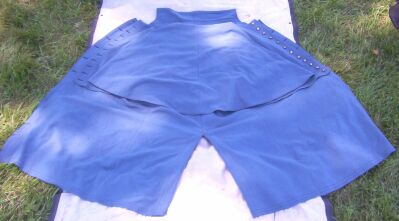
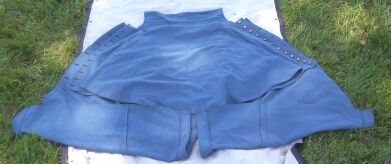
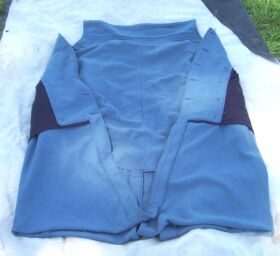
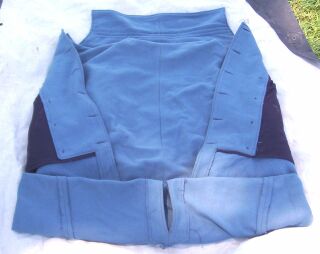
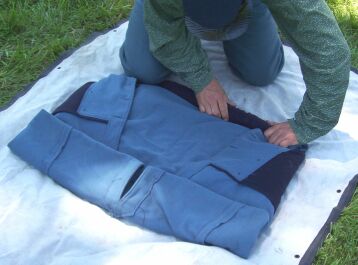
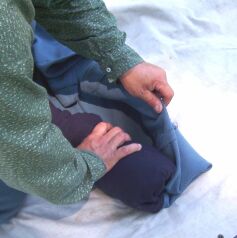
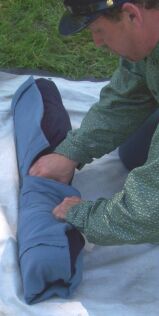
| This method of rolling the coat basically has you create a large rectangle with the bulk, sleaves,
excess cape, etc toward the outside. This way, when rolled, the coat will easily bend to the shape of the pommel.
This method will also work with civilian and infantry pattern coats as well as coats without capes.
Evolutions performed by trooper John Clark, 1st Maine Cavalry |
|
 |
The cloak being entirely unfolded, the sleeves are laid flat and extended parallel to the two front edges of the cloak; |
| each one is then turned up and folded near the elbow, so as to give a length of three feet six inches from one elbow to the other, the middle of the cloak remaining uncovered. |  |
 |
The cape is then turned down over the sleeves, in such a manner that the front edges may exactly cover those of the cloak. |
| The lower extremity of the cloak is turned up about ten inches; |  |
 |
the skirts are likewise turned towards each other, so that they may touch the fold of the sleeves, and that, being folded a second time upon themselves, they may give to the cloak the form of a rectangle; |
| the lower extremity of the cloak is then turned up about seven inches, |  |
 |
and it is rolled as tightly as possible, commencing at the collar and pressing the knee upon it as it is rolled, to hold it. |
| The part of the cloak which is rolled is then introduced into the sort of pocket formed by the part which was turned back. |  |
 |
Note:—The overcoat or cloak, when rolled, should be about thirty inches long, and about five inches thick. |